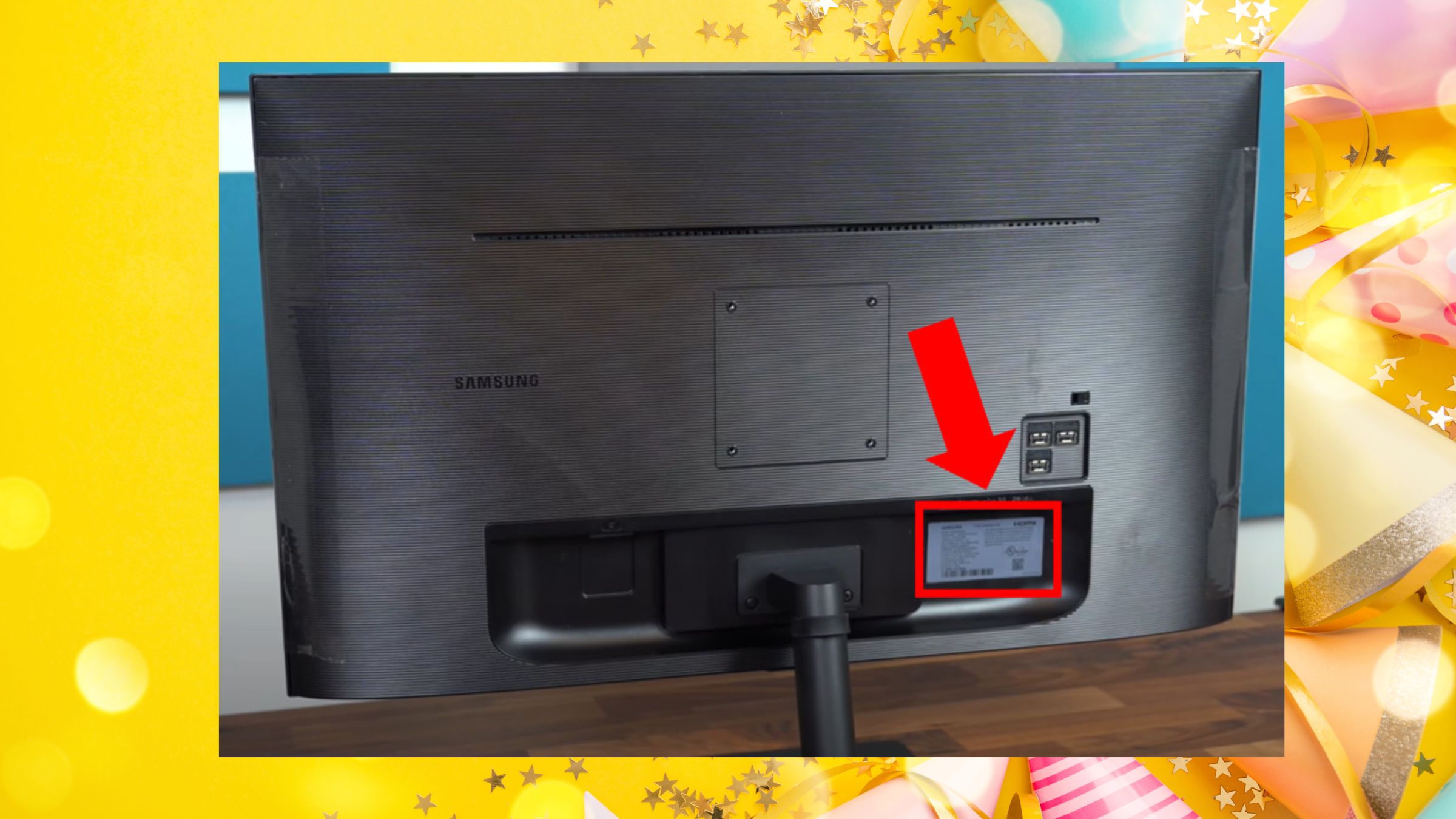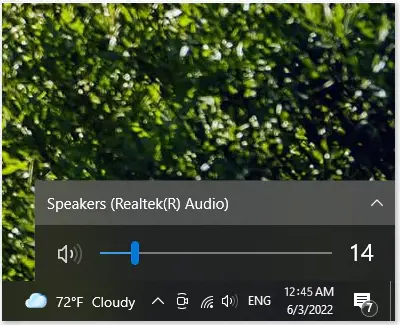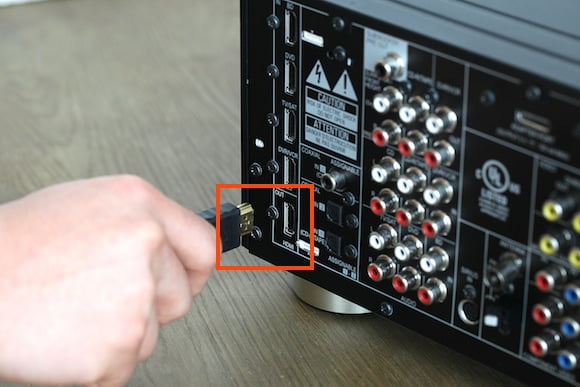When facing the frustrating issue of no sound from Samsung monitor, it’s essential to understand the potential causes and effective troubleshooting steps to restore audio.
Whether you’re using a Samsung gaming monitor or a Samsung curved monitor, sound problems can arise from a variety of factors.
Commonly, users report problems like Samsung monitor no sound HDMI or Samsung monitor sound not working, which can be particularly annoying when you’re relying on the monitor’s built-in speakers for gaming or multimedia purposes.
A popular issue many users encounter is Samsung monitor HDMI no sound, where the HDMI connection doesn’t transmit audio properly.
This issue may be linked to incorrect sound settings, faulty cables, or compatibility problems between the monitor and the connected device.
For instance, if your Samsung LED monitor no sound, it may be due to a mismatch between your computer’s audio output settings and the monitor’s audio input capabilities.
Similarly, the Samsung monitor no audio jack issue may indicate that you’re using an audio source without an external audio output option.
For those with Samsung gaming monitor no sound, it’s crucial to check the settings on both the monitor and the gaming device.
In some cases, the Samsung monitor audio not working could be related to settings within the gaming console or PC, which requires adjustment to enable audio output to the monitor.
Another common occurrence is the Samsung monitor speakers not working, which can be caused by outdated drivers, a disconnected audio source, or an internal malfunction.
If you’re dealing with a Samsung curved monitor sound not working or Samsung curved monitor no sound HDMI, consider checking the HDMI cable and port for any issues.
Also, verify that the correct audio output is selected on your device. Many users find that troubleshooting the audio settings resolves these issues and helps restore sound to the monitor.
If you’re still struggling with a no sound Samsung monitor problem, it’s recommended to refer to the how to fix Samsung monitor no sound guide, which includes step-by-step instructions to address common causes.
To summarize, understanding the potential issues behind your Samsung monitor no sound problem—whether it’s related to the HDMI connection, internal speaker failure, or incorrect settings—will help you efficiently resolve the issue.
By following the correct troubleshooting steps, you can quickly restore audio functionality to your Samsung gaming monitor, Samsung curved monitor, or Samsung LED monitor.
In this guide, I’ll walk you through the most common fixes for samsung monitor no sound from hdmi input.

Quick Fixes to Try First
Before diving deep into troubleshooting, here are some quick and easy things to try that could get your Samsung monitor HDMI audio up and running:
- Check physical connections: Make sure the HDMI cable is firmly plugged into both the monitor and source device (PC, game console, etc). Also verify it’s not a loose or faulty cable by swapping it out with another HDMI.
- Toggle input source: Switch the monitor’s input source from the current HDMI input over to another input, then switch back. This can reset the HDMI handshake.
- Power cycle devices: Turn off the monitor and source device completely, unplug them from power, wait 20 seconds, then plug them back in and turn them on.
- Update drivers: Update to the latest graphics drivers for your PC or game console. Outdated drivers can cause HDMI audio issues.
- Change audio output: On your source device, choose the Samsung monitor as the audio output device.
These basic troubleshooting tips work to fix samsung monitor no sound with hdmi cable issues a good chunk of the time. If you’re still without audio though, read on for some additional solutions.
Checking HDMI Audio Output Settings
If your Samsung monitor is still not outputting sound over HDMI, the problem may lie in the HDMI audio settings. Here’s how to check:
Source Device Settings
First, check the HDMI audio output configuration on your source device – whether that’s a laptop, desktop PC, game console, streaming stick, etc.
Go into the audio settings and make sure the HDMI output is enabled and set as the default playback device. For example on Windows 10, right-click the speaker icon in the system tray and select Open Sound settings. Go to Sound Control Panel, click the Playback tab, right-click the connected HDMI device (which may show up as your Samsung monitor name), and make sure both Set Default and Enable are checked.
Similarly, look for audio output options on your game console, streaming device, etc. Consult your device’s support documentation if you’re unsure where to find these settings. Set HDMI as the audio output priority.

This ensures your source is properly configured to send audio over the HDMI cable to your Samsung monitor.
Monitor Settings
Next, bring up your monitor settings menu – usually by pressing the Menu button on the monitor – and locate audio settings. There may be an option like HDMI Audio or HDMI Sound that needs to be enabled.
Consult your Samsung monitor’s manual if you’re not sure where the HDMI audio option is located. When you find it, make sure it’s turned On.
You may also need to select which audio format the monitor uses over HDMI. If you’re connecting a PC, PCM is usually recommended. For a game console, try DTS or Dolby Digital.
With the source sending audio over HDMI and the monitor set to receive it, you should now have sound coming from the monitor speakers or headphone jack.
Updating Drivers
Outdated drivers on your PC or game console can also cause samsung monitor hdmi connection not detecting audio. It’s important to keep your drivers updated for proper HDMI performance.
For PC, go to your graphics card manufacturer’s website (Nvidia, AMD, Intel) and download the latest GPU drivers. For game consoles, check the system settings for system/firmware updates.
Once you install updated drivers, restart your PC or console and connect the HDMI cable back to the Samsung monitor. This often resolves HDMI audio issues caused by buggy, outdated driver files.
Adjusting HDMI Video Settings
Sometimes HDMI audio problems result from incompatible video settings between the source and display. Try adjusting the monitor and source device video configuration.
On your monitor, make sure Video Mode is set to Auto Detect. This allows the Samsung display to automatically adjust to the incoming video signal. You want the source and monitor to sync up video modes for proper audio transmission.
Then on your PC graphics settings or console video output, set the resolution and refresh rate to compatible settings like 1080p 60Hz or 4K 30Hz. Avoid any interlaced or ultra high refresh rates.

Finally, enable GPU scaling if your PC or console offers this option. GPU scaling forces the source to output video scaled to the monitor’s native resolution.
With compatible video modes enabled on both ends, HDMI audio should work reliably. You may need to play with resolution and refresh rate settings to find the sweet spot.
Trying a New HDMI Cable
It seems basic but a faulty or poor quality HDMI cable causes lots of grief with HDMI audio.
Test with a different Premium Certified HDMI cable, preferably High Speed HDMI 2.0 if your devices support it. Some cheaper cables lose the ability to transmit audio signals, so replacing the cable often fixes samsung monitor hdmi no sound fix issues.
While testing new cables, try both longer and shorter lengths. Very long cables can impact HDMI signal, while too short can cause loose connections. A 3-6 foot cable is ideal for most configurations.
Ideally use HDMI cables certified by an HDMI testing center, with certification logos printed on the cable connector or packaging. This guarantees standards compliance for audio and video.
Checking for Firmware Updates
Samsung periodically releases firmware updates for its monitors to fix bugs, improve performance, and optimize compatibility.
Check Samsung’s website for new firmware for your monitor model and download instructions. Follow their steps to update the monitor firmware, which typically involves downloading the firmware to a USB drive, inserting it into the monitor’s USB port, and using the monitor menu to install from the USB.
Updating to the latest firmware ensures your Samsung monitor has all the code optimizations needed for smooth samsung led monitor no audio hdmi performance. Many users report HDMI audio issues disappearing after a firmware update.
Adjusting Sound Settings on Monitor
Once you do get HDMI audio playing through the monitor, make sure sound settings are optimized within the monitor menu itself.
Under the monitor Sound settings, set Sound Mode to Standard or Music for the best audio quality. DTS Sound or Dolby Sound modes can also enhance sound from movies or games.
Turn Volume up to an audible level. Check that Balance is centered. Enable any Equalizer or HDMI Audio options to prioritize HDMI sound quality.
Tweaking these sound modes and levels properly tailored to your media source makes the audio loud and crisp when streaming HDMI into a samsung smart monitor hdmi no sound setup.
Using External Speakers
If you just can’t get built-in audio working from your Samsung monitor HDMI input, consider plugging external speakers into the monitor’s 3.5mm audio out port or optical/RCA jacks (if available).
This bypasses any internal audio issues with the monitor itself and should restore sound as long as the monitor HDMI is receiving audio signals from the source properly.
Most Samsung monitors support outputting sound over audio out jacks even when HDMI audio fails. So external speakers connected to these ports will play sound while leaving the monitor speakers muted.
Summary
That covers a wide range of tips for troubleshooting and fixing samsung curved monitor hdmi no audio problems. To recap:
- Check physical connections and cables
- Update monitor/source drivers
- Enable HDMI audio on both devices
- Adjust HDMI video settings for compatibility
- Test with different HDMI cables
- Update monitor firmware
- Tweak monitor sound modes
- Try external speakers
Hopefully with some combination of these steps, you’ll be able to successfully get audio from your PC, game console or other device to play through your Samsung monitor’s speakers via the HDMI input.
Let me know if the solutions above fixed your Samsung HDMI audio issues or if you have any other tips! Enjoy your multimedia experience with sound working from your Samsung monitor once again.





